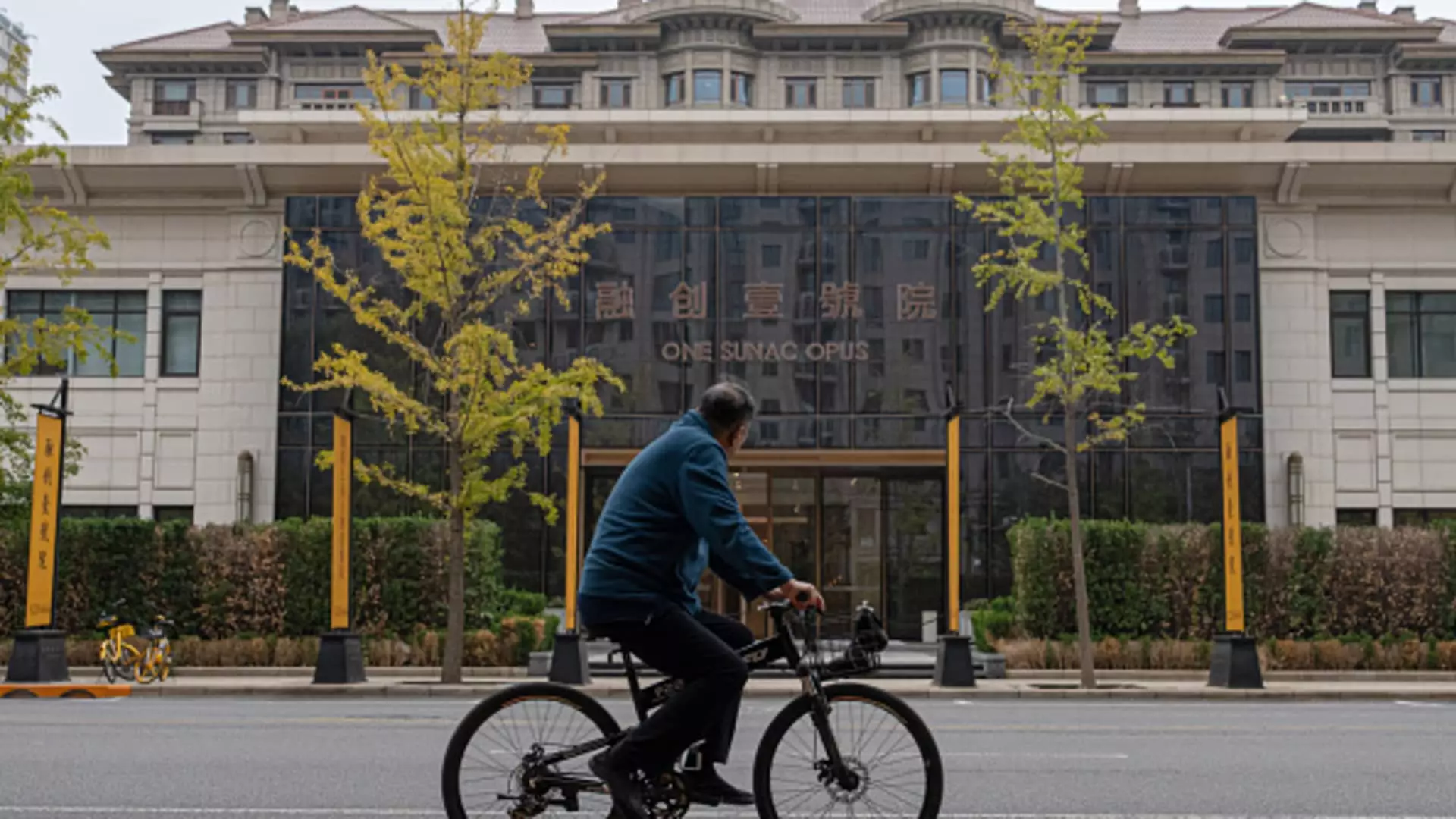As China’s government continues to grapple with the complexities of economic recovery, recent comments from key ministers regarding stimulus measures have triggered significant interest among analysts and investors. The balancing act of managing growth while addressing persistent challenges in various sectors, particularly real estate, poses questions about the efficacy and timing of these stimulus initiatives. While a modest rally in stock prices has been observed, the cautious stance of investors, coupled with mixed economic signals, characterizes the current landscape.
September Data Drives Optimism Amid Economic Challenges
Data released in mid-October revealed that retail sales and industrial production in September outpaced market expectations, signaling a potential rebound in consumer activity. Despite this positive note, the persistent slump in the real estate sector casts a shadow over the broader economic outlook. The third-quarter GDP growth rate of 4.6%, while slightly surpassing forecasts, still leaves the year-to-date figure of 4.8% trailing the government’s ambitious target of 5.0%. Analysts, including David Chao of Invesco, express cautious optimism; they believe that the stimulus measures recently articulated could set the stage for accelerated growth in the final quarter of the year, contributing to a forecasted uptick in the 2024 growth projection.
Key Stimulus Measures and Market Implications
In an attempt to bolster economic recovery, China’s central bank has unveiled a series of targeted measures designed to stimulate consumption and support the struggling property market. These policies include volume-based subsidies aimed specifically at consumer spending, coupled with initiatives to finance incomplete real estate projects. By ensuring developers have access to funds, signs suggest that consumer confidence may gradually improve, although immediate impacts on sales are not anticipated to be robust.
Morgan Stanley’s recent analysis highlights that this new approach will likely yield uneven benefits across various sectors. Through a thorough screening process, analysts identified companies that stand to gain from the financial support, particularly those with high dividend yields and solid cash flow. Companies such as PetroChina, WeiChai Power, Aluminum Corp., and Anhui Conch Cement emerged as favorable investments due to their strong fundamentals and growth potential.
The Chinese real estate market is grappling with a prolonged downturn that has the potential to reshape the economic landscape. Although government officials are ensuring that funding for qualified unfinished projects will accelerate, many analysts remain skeptical about the immediate revitalization of property sales. S&P Global Ratings anticipates a continued decline in property sales throughout this year and into the next, asserting that stabilization may only be feasible by the latter half of 2025.
Amid this uncertainty, certain companies are positioned to benefit from these dynamics, particularly those focused on infrastructure and support services related to construction. Firms such as Glodon, a software provider for the construction industry, are viewed favorably as the market seeks stabilization in the real estate sector.
On the consumption front, September data indicating a 3.2% increase in retail sales reveals a changing consumer landscape that is reflective of government trade-in programs aimed at boosting sales of home appliances and furniture. Companies like Xiaomi and Roborock are well-positioned to leverage this upswing in consumer electronics, indicating a potential shift toward prioritizing high-tech products amidst an evolving purchasing environment.
Furthermore, even established giants like Alibaba are reaping the rewards of government incentives, experiencing exponential growth in pre-sales during significant retail events such as Singles Day. This suggests not just a rebound in consumer confidence but also an increased reliance on e-commerce as a primary driver of sales.
As the economic landscape in China transitions from a general focus on broad policy measures to a more nuanced strategy that emphasizes individual stock performance, investors will likely need to recalibrate their approaches. The transformation from a beta-driven rally to selective stock-picking reflects a changing market dynamic that prioritizes fundamentals over overarching sentiment.
The interplay between government stimulus initiatives and investor sentiment will remain pivotal as the economy continues its recovery journey. With key sectors demonstrating resilience amid broader challenges, careful analysis and strategic investment in identified growth areas will be critical for navigating the complexities of the Chinese stock market.

